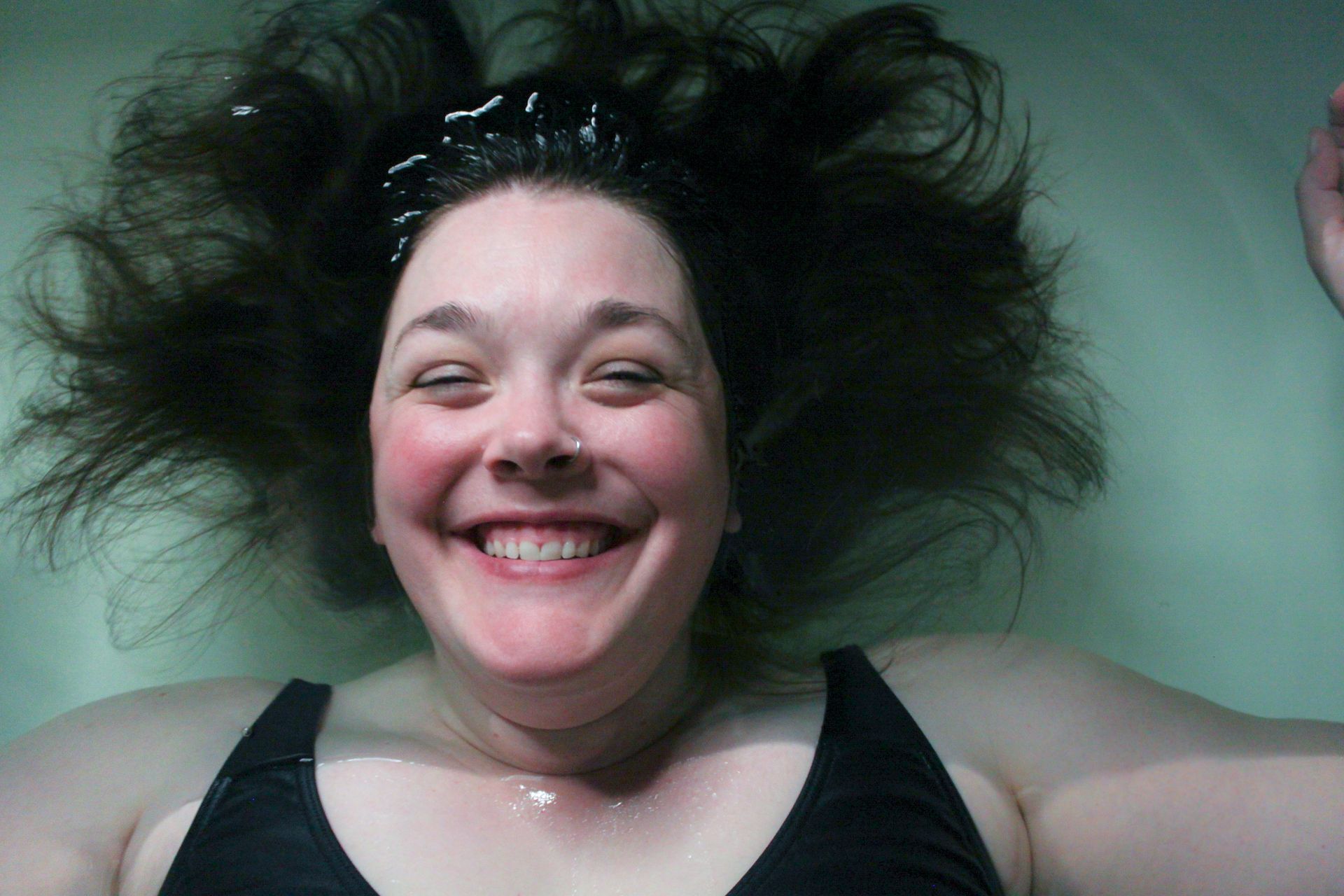Benefits of Sensory Deprivation Tanks: How It Works
Benefits of Sensory Deprivation Tanks

A sensory deprivation tank is designed to limit a persons exposure, to inputs. Advocates argue that it has the potential to alleviate anxiety promote muscle relaxation and reduce pain.
Current research suggests that individuals in health can derive benefits from using deprivation tanks. For insight into the advantages of these tanks and their impact on the body continue reading.
What exactly is a sensory deprivation tank?
Also referred to as flotation tanks or isolation tanks sensory deprivation tanks offer restricted environmental stimulation therapy (REST). By entering the tank individuals experience stimulation facilitating relaxation.
The tank contains water for individuals to effortlessly float on their backs creating a sensation of gravity.
Soundproofing prevents noise from causing distractions inside the tank. Additionally darkness envelops the surroundings limiting visibility.
With minimal external stimuli present individuals often find themselves in a state. This relaxation may assist with concerns such, as anxiety, stress management or physical discomfort.
However it is important to note that each person may experience effects while using a sensory deprivation tank and these effects may not always be positive.
Effects and Advantages
There is evidence to suggest that sensory deprivation has an impact, on the brain. While the effects can vary from person to person some of the reported benefits include;
1. Potential enhancement of creativity; A study conducted in 2014 compared the claims made by sensory deprivation centers with research. The findings indicated that there is support for the idea that individuals may experience a boost in creativity. However it's important to note that these effects are not guaranteed for everyone and some of the claims made by centers may be exaggerated.
2. Possible improvement in performance; Sensory deprivation tanks could be beneficial for athletes and individuals who engage in training for competitions. Based on existing research both physical and mental effects have been observed. For instance a small scale study conducted in 2016 discovered that floating therapy contributed to psychological recovery following training sessions. However it should be noted that these results are preliminary and further research is needed.
3. Potential treatment for anxiety; Sensory deprivation tanks might assist in alleviating symptoms among individuals with anxiety. Recent studies have focused on exploring the effects of Restricted Environmental Stimulation Therapy (REST) on anxiety levels.
A small scale study from 2018 concluded that sensory deprivation therapy has the potential to improve symptoms associated with anxiety and depression. However larger studies are required to validate these findings regarding the impact of deprivation, on these conditions.
Possible pain relief
One potential benefit of REST could be the reduction of pain. Numerous studies have indicated that sensory deprivation may decrease the intensity of pain experienced by individuals.
Potential risks
Researchers have found risks associated with REST when participants are, in good health.
However it's worth noting that some individuals may experience hallucinations while inside the tank. Both anecdotal reports and research findings suggest that certain people may encounter hallucinations resembling those seen in psychosis.
In a small scale study conducted in 2015 researchers divided participants into two groups based on their susceptibility to hallucinations. The group identified as prone to hallucinate experienced a frequency of such occurrences compared to the other group.
It's important to note that if a person does experience hallucinations they should cease once they exit the tank.
For some individuals being in a enclosed space can evoke feelings of fear or discomfort. In cases it is possible that they may not find their time in the tank enjoyable.
While technically there is a possibility of drowning in a flotation tank such accidents are extremely rare. To prevent any mishaps it is advisable to avoid entering a tank when, under the influence of substances or impaired cognitive abilities.
Further research is needed to gain an understanding of the effects of sensory deprivation tanks, on individuals. However for the majority of people in health it should be possible to undergo this experience with risk.
Does it really have an impact?
Research supports the assertion that sensory deprivation tanks can indeed be effective for individuals. The documented positive outcomes include reducing anxiety, managing pain and aiding in the recovery process for athletes. Additionally it may enhance a persons ability to concentrate.
Nonetheless it is important to approach sensory deprivation tanks. If any company or individual making claims about these sessions or tanks seems good to be true chances are they probably are.
It's crucial to note that sensory deprivation tanks should not be considered as a cure for any condition. They should not be used as a substitute for proven treatments.
Summary
Sensory deprivation tanks have the potential to alleviate anxiety and pain.
While generally safe they may result in side effects for individuals including hallucinations in those already prone, to them.
The majority of people should experience no effects. May find relaxation during their REST session.
Click the button below and start experiencing the benefits for yourself.












